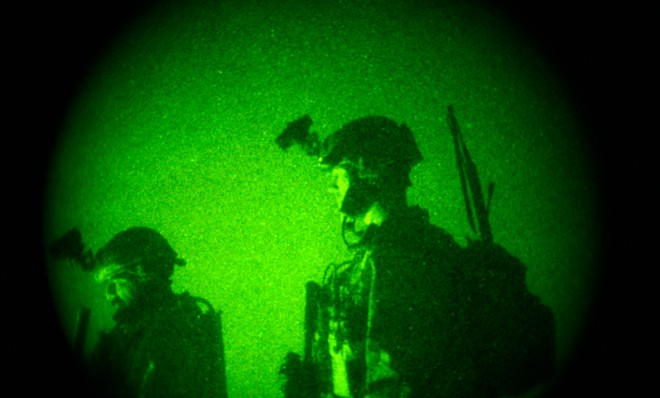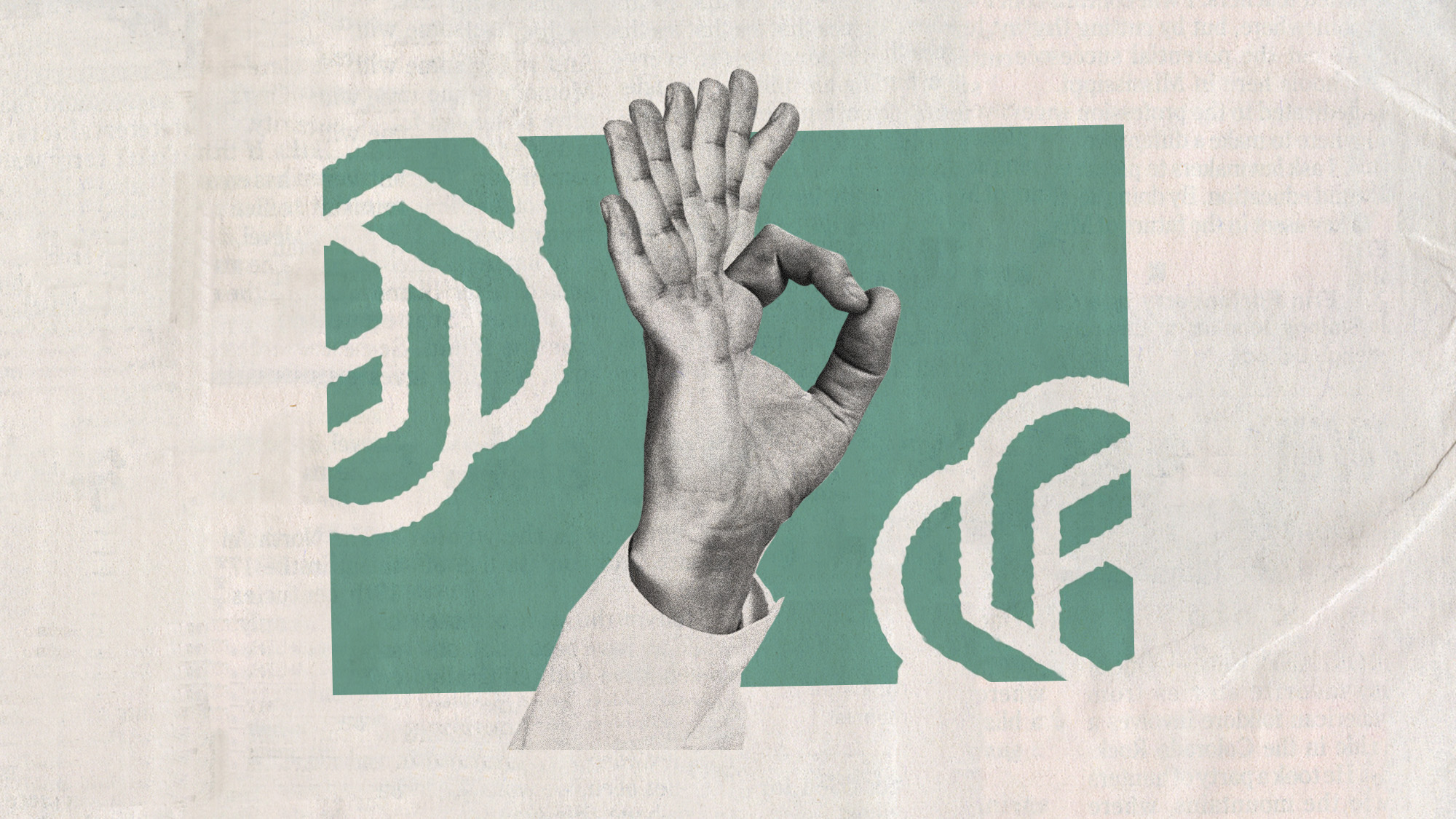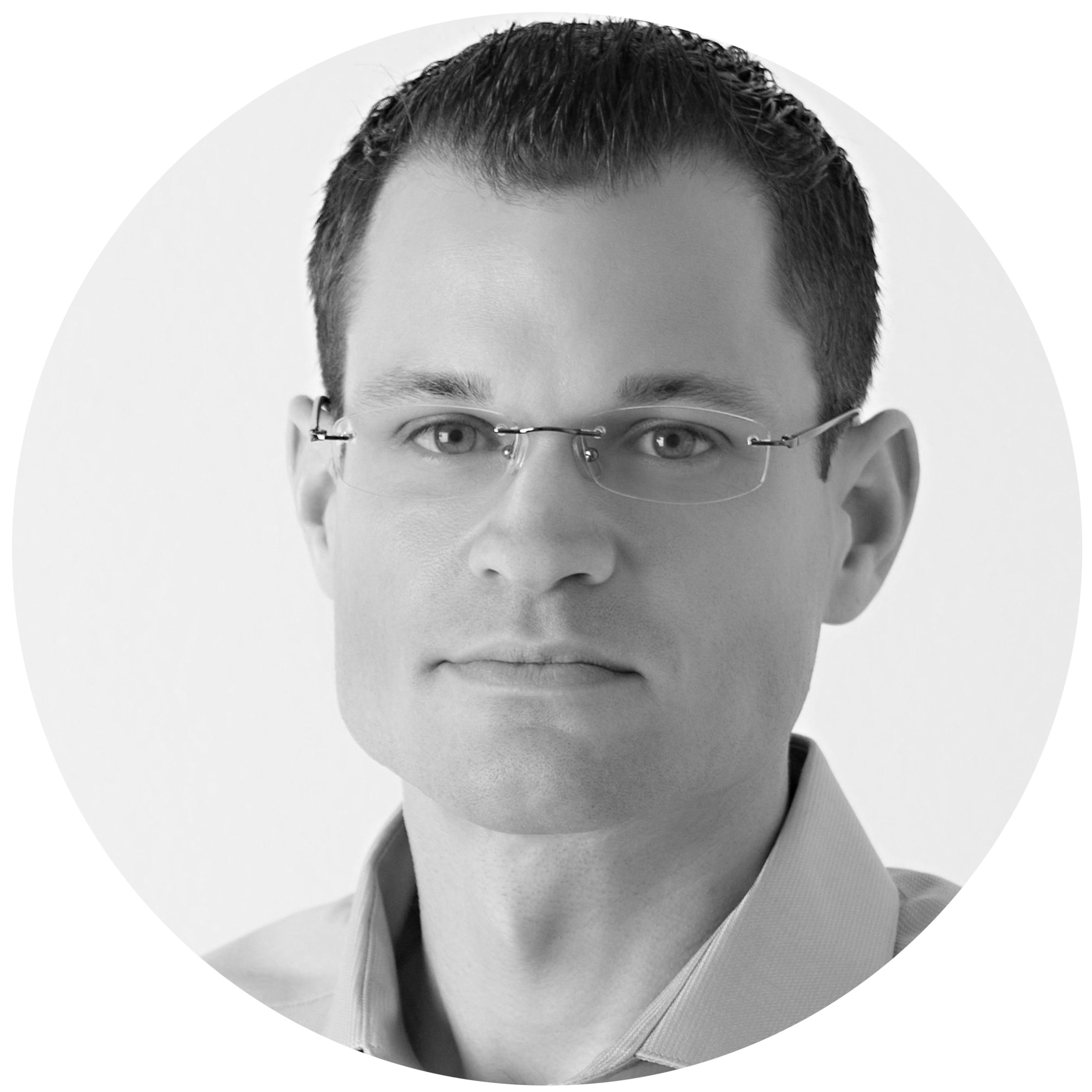10 things you didn't know about the president's secret army
They're everywhere, and they're completely covert



The U.S. Joint Special Operations Command (JSOC, pronounced: JAY-sock) is best known for the Osama bin Laden raid. But it has long served as the president's secret army, planning and executing the most dangerous, highly classified missions of the United States military. In 2009, its snipers rescued an American ship captain held captive by Somali pirates. In 2003, JSOC hunted down and captured Saddam Hussein near Tikrit, Iraq. In 1993, two Delta snipers earned posthumous Congressional Medals of Honor for actions during the Battle of Mogadishu (a JSOC operation portrayed in Black Hawk Down). And before that, members of the Command were tracking Scud missiles during the Gulf War and slithering down ropes in Panama. Here are a few things about the president's secret army that you might not know.
1. When you hear 'Delta Force' or 'SEAL Team Six,' they're talking about JSOC.
The U.S. Army Delta Force (officially the Combat Applications Group) and the U.S. Navy SEAL Team Six (officially the Naval Special Warfare Development Group) are JSOC's elite tier-one forces. They conduct the nation's black operations, and work in absolute secrecy. When an operator from one of these units is killed in action, the Department of Defense generally releases his name with a cover story for the death. (A training accident, for example.)
The Week
Escape your echo chamber. Get the facts behind the news, plus analysis from multiple perspectives.

Sign up for The Week's Free Newsletters
From our morning news briefing to a weekly Good News Newsletter, get the best of The Week delivered directly to your inbox.
From our morning news briefing to a weekly Good News Newsletter, get the best of The Week delivered directly to your inbox.
2. When SEAL Team Six was established, there were only two SEAL teams.
In 1980, Richard Marcinko, commander of SEAL Team 2, was tasked with forming a new U.S. Navy counterterrorist unit. He named it SEAL Team Six to trick Soviet intelligence into believing the United States had at least three other commando units completely unaccounted for.
3. JSOC can reconstruct documents that have been burned.
When JSOC teams collect intelligence on the battlefield, they benefit from a quiet revolution in document exploitation (DOCEX) techniques. Algorithms assign values to data based on the probability that a faint "I" is indeed an "I." The upshot is that DOCEX specialists can even reconstruct documents that have been burned beyond recognition.
A free daily email with the biggest news stories of the day – and the best features from TheWeek.com
4. The aircraft used in the Bin Laden raid were from Area 51.
Specially modified helicopters carried Red Squadron of SEAL Team Six to Abbottabad, Pakistan, for the raid on Osama bin Laden's compound. The Black Hawks were fitted with top secret radar-spoofing technology allowing U.S. forces to slip across the border unnoticed. These stealth aircraft were developed and tested at the infamous Area 51, near Groom Lake, Nevada. They are of earthly origin.
5. The president's secret army is everywhere.
Alongside the Central Intelligence Agency, operators from Delta Force and SEAL Team Six infiltrated China to map the locations of Chinese satellite transmission facilities. It has operated in Peru, tracking members of Hezbollah and the Iranian Revolutionary Guard Corps. And a JSOC team usually shadows the president of the United States when he is overseas, in the event of a catastrophic breakdown by U.S. Secret Service.
6. There is a rivalry between Delta Force and SEAL Team Six.
The areas of operation in the war were eventually divided between Delta Force running operations in Iraq, and SEAL Team Six responsible for Afghanistan. Accordingly, the former captured Saddam Hussein and the latter killed Osama bin Laden. But for reasons obvious, both units wanted Bin Laden. When the mission went to SEAL Team Six, some complained that it was because navy admirals commanded both JSOC and the U.S. Special Operations Command. Shortly after the mission, a highly classified roster of the men on the Abbottabad raid somehow leaked to the press. (It was never published.) Inside JSOC, Delta guys blamed SEAL guys for basking in the spotlight and inviting the attention.
7. There is a JSOC base in a major European airport.
An arm's throw away from people deplaning for European family vacations is a JSOC counterterrorist unit on alert and ready to depart anywhere in the world at a moment's notice.
8. General Stanley McChrystal was known as the Pope.
During the 1993 siege on the Branch Davidian compound in Waco, Texas, JSOC provided equipment and trainers to federal forces. (JSOC did not participate in the raid.) At the time, Attorney General Janet Reno complained that getting information out of JSOC was like trying to pry loose the Vatican's secrets. Some jokingly called the commander of JSOC "the Pope," but it wasn't until Stanley McChrystal took charge in 2003 that the name stuck. In many ways a warrior-monk, he was known for relentless schedules, minimal sleep, intense physical fitness, and eating only a single meal a day. When he left JSOC, he took the papacy with him.
9. JSOC built courtrooms in Iraq.
Shortly after William McRaven assumed command of JSOC in 2008, he faced a Status of Forces Agreement with Iraq that prevented U.S. counterterrorism forces from conducting raids without warrants. Warrants were an alien concept to the president's secret army. Though there was internal resistance, Admiral McRaven insisted on following the agreement. To do so, he directed JSOC to build courthouses throughout Iraq, and flew in JAG officers to work with Iraqi judges. The system worked. JSOC personnel would testify and judges would issue warrants. This facilitated greater trust between the Iraqi government and the U.S. commandos it empowered.
10. There was a JSOC equivalent to the Department of Pre-Crime.
In Minority Report, a police agency organized around psychics and machines can predict a crime before it happens. In Iraq, the president's secret army had something similar. A project code-named NGA SKOPE allowed JSOC to merge data collected from just about any intelligence source and predict, based on patterns of movement, where insurgents were likely to be and what they were likely to do. (For example: The recorded locations and orientations of insurgents' cars during one IED attack made it possible to predict future attacks based on similar movements.)
More from Mental Floss...
* 5 strange things banned by governments
David W. Brown is coauthor of Deep State (John Wiley & Sons, 2013) and The Command (Wiley, 2012). He is a regular contributor to TheWeek.com, Vox, The Atlantic, and mental_floss. He can be found online here.
-
 Biggest political break-ups and make-ups of 2025
Biggest political break-ups and make-ups of 2025The Explainer From Trump and Musk to the UK and the EU, Christmas wouldn’t be Christmas without a round-up of the year’s relationship drama
-
 Why 2025 was a pivotal year for AI
Why 2025 was a pivotal year for AITalking Point The ‘hype’ and ‘hopes’ around artificial intelligence are ‘like nothing the world has seen before’
-
 The best drama TV series of 2025
The best drama TV series of 2025the week recommends From the horrors of death to the hive-mind apocalypse, TV is far from out of great ideas
